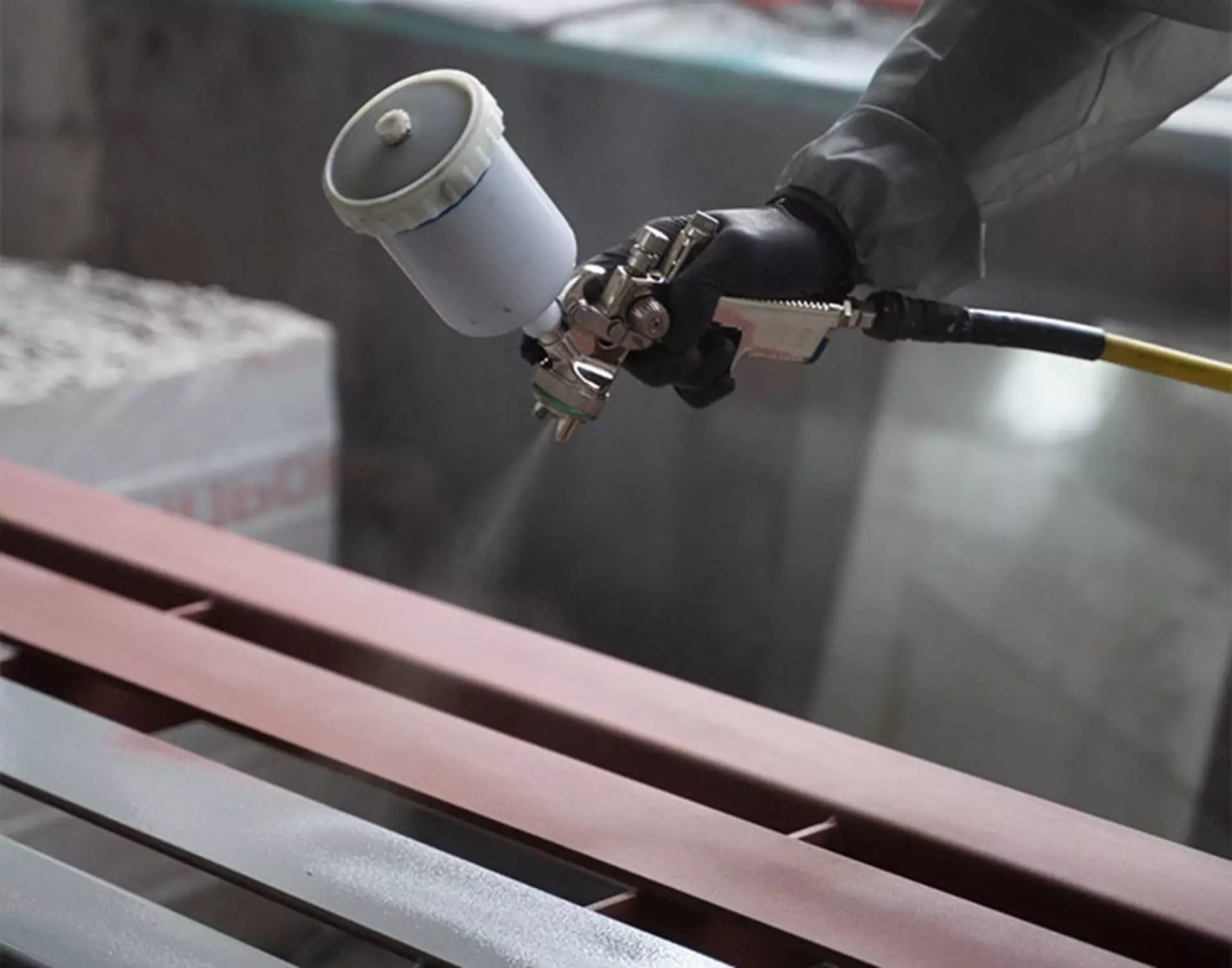MENU
KA&MELOCK Application Recommendations
Complete homogeneity of the Bonding Agent must be assured by thorough stirring prior to use.
Any conventional coating method can be used to apply the Bonding Agent, such as spray gun, brush, dipping, roller or pouring.
Since the Bonding Agent is dispersion, it is not ideal for dipping. Spray gun application (automatic multi-nozzle equipment) is the most practical method.
Because of the granule size, airless guns are not suitable.
Experience has shown the following thickness of
Primer and Bonding Agent provide the best result:
Primer approx. 8 µm – 10 µm
Bonding Agent approx. 15 µm – 20 µm
The Primer can be dried at room temperature or higher, up to 80 – 149 °C. However, since the Bonding Agent is a cross-linking rubber solution, it starts curing at elevated temperatures and therefore prevents proper connection.
Therefore, the bond coating must not be dried at room temperatures exceeding 80 – 120 °C.
Drying Chart
| Bonding Agent | At Room Temperature | At 80 °C |
| KA&MELOCK MP 05 | 30 minutes | 5 minutes |
| KA&MELOCK KM 12 | 30 minutes | 10 minutes |
| KA&MELOCK KM 14 | 150 minutes | 30 minutes |
| KA&MELOCK KM 16 | 30 minutes | 10 minutes |
| KA&MELOCK KM 22 | 30 minutes | 5 minutes |
| KA&MELOCK KM 28 | 30 minutes | 5 minutes |
| KA&MELOCK KM 36 | 30 minutes | 5 minutes |
| KA&MELOCK KM 36 W | 30 minutes | 5 minutes |
The actual bonding between metal and rubber occurs during the vulcanization process.
The fresher the rubber mix, the more positive the bond.
Therefore, if rubber compounds have been stored for extensive periods, they must be re-homogenized with rollers before bonding.
Although metal parts with the Primer of Bonding Agent can be stored for several days in a clean environment, oxidation and migration of plasticizers have a negative effect on the bond.
The rubber surface can be reactivated: however, complete removal of any solvent residue is imperative to avoid formation of gas blisters during the vulcanization process.
Although chemical additives generally do not affect bond quality, large proportions of plasticizers and age retardants (such as thioester or thioether) should be avoided.
The Bonding Agents can be applied with all kinds of vulcanization methods, such as CM, TM and IM methods, free vulcanizing etc…
Vulcanizing temperatures between 90° C – 190° C will work well provided the process allows for sufficient incubation time. In the TM and IM methods, the form must be completely filled with the rubber mix before vulcanization can start.
One- or Two-Coat System
Whenever the parts to be bonded will be subject to great dynamic stress and corrosion, the two-coat method is recommended; use of Primer enhances the bonding effect. This method should be used to manufacture vibration mounts, rollers etc…
For applications where the aforementioned is of no concern, the one-coat method generally produces a satisfactory bonding effect, as, for instance in gasket production.
